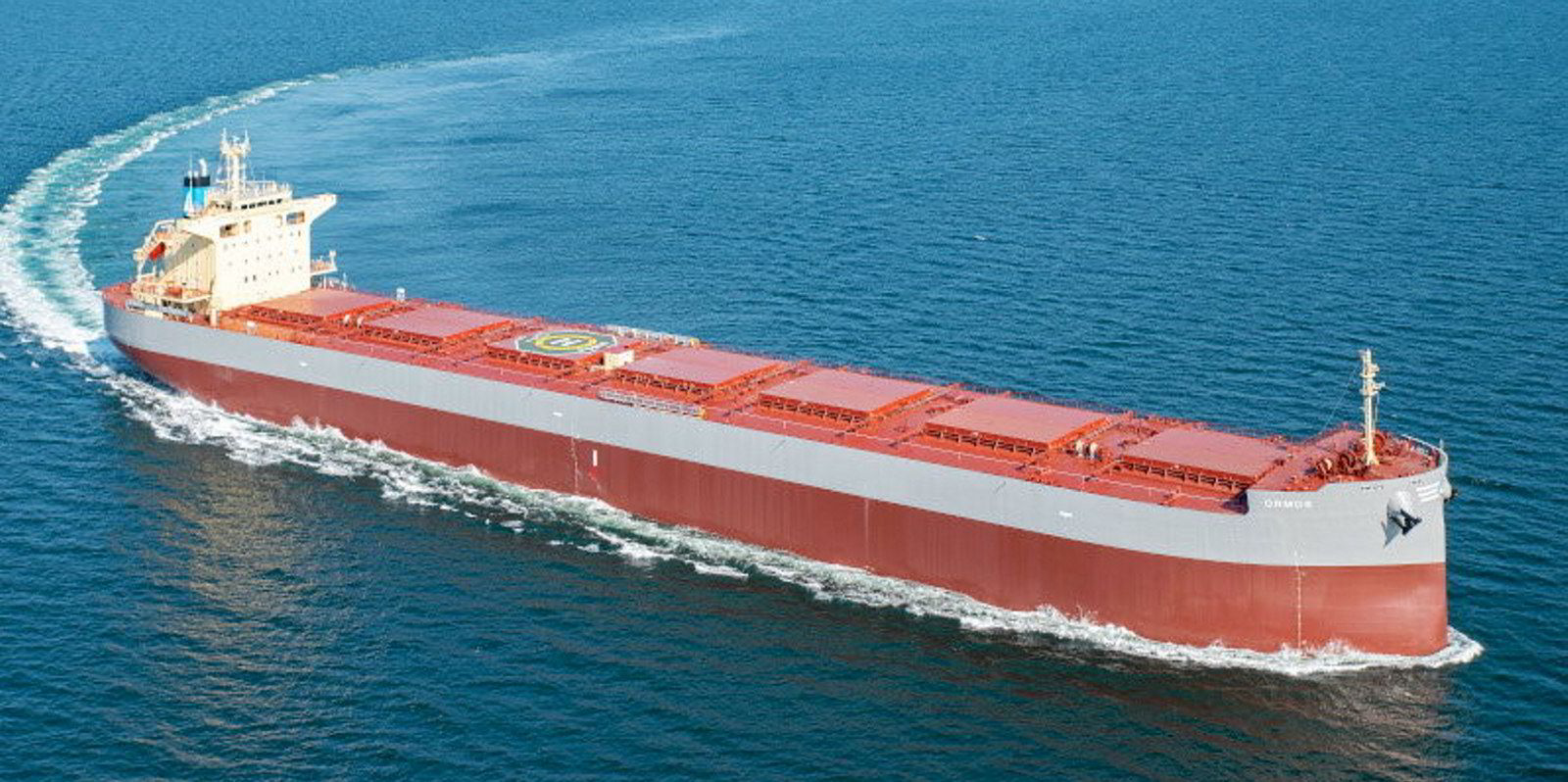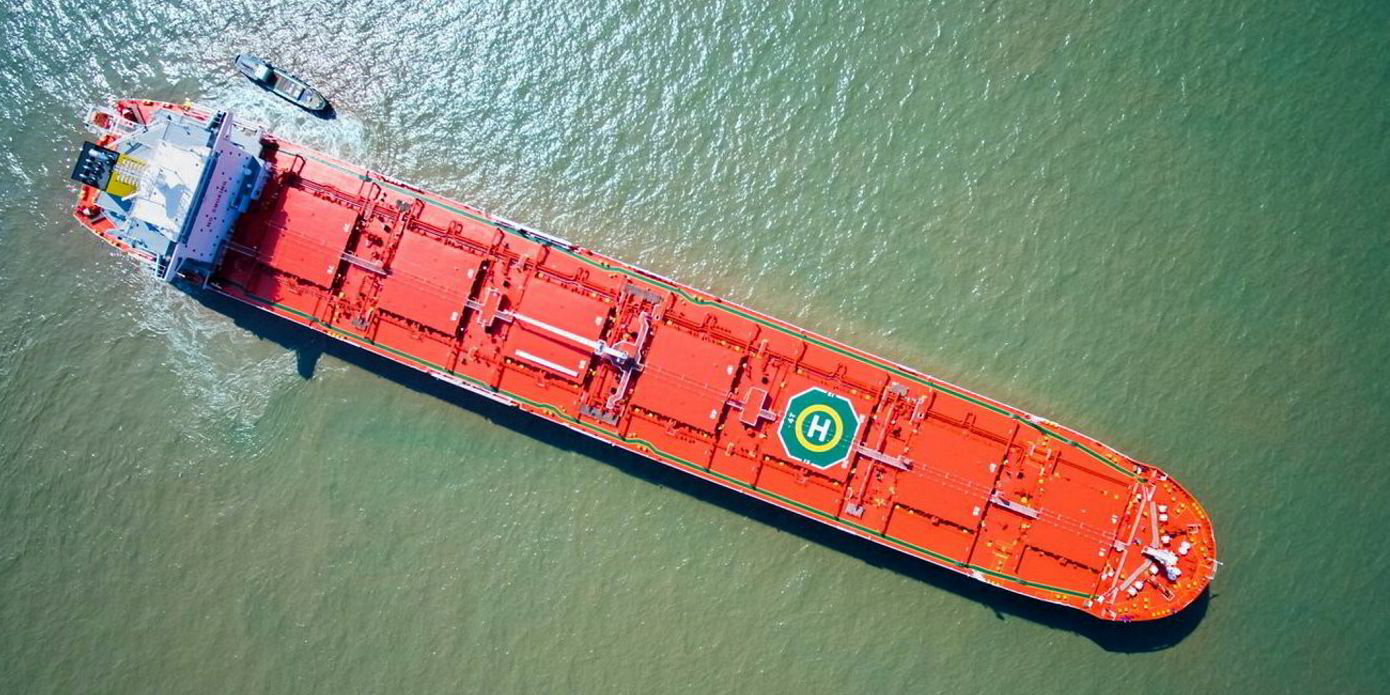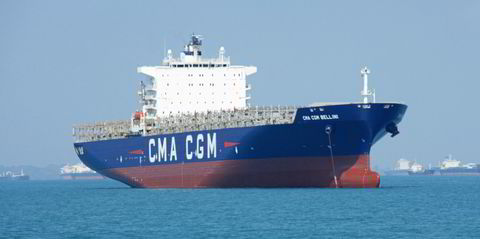The market for panamaxes, supramaxes and handysizes — all three bulker smaller than capesizes — sank this week to levels that have not be seen in two and a half years.
The Baltic Exchange’s Panamax 5TC basket of spot-rate averages across five key routes slid 17.8% over the past seven days to reacj $9,618 per day on Friday, while the Supramax 10TC dropped 18.7% to $7,545 per day.
Among the week’s fixtures, Comerge Shipping hired Samos Steamship’s 81,900-dwt Ormos (built 2019) on Friday at $12,500 per day to ballast from India’s Krishnapatnam Port to east coast South America for a trip to Singapore after loading on Thursday, according to data from the Baltic Exchange.
A week earlier, Olam International hired Karteria Shipping and Trading’s 82,000-dwt Ruth (built 2021) at at the same base rate, but it also agreed to a $650,000 ballast bonus for a trip on the same route after the ship is loaded on 19 January.
The Handysize 7TC plummeted 9.4% over the same period to $8,996 per day on Friday, the data showed.
Average spot rates for panamaxes, supramaxes and handysizes have not fallen this low since the middle of 2020, a few months after Covid-19 began disrupting markets and society worldwide in almost every way.
“This is not unexpected,” said John Kartsonas, founder of Breakwave Advisors, an asset management firm that runs a dry bulk exchange-traded fund.
“We have talked about how the Covid trade is over and how we are back to the old regime.”
He said these average spot rates were considered normal for these bulkers during the first quarter before Covid-19 became a pandemic in early 2020.
“Capesizes are also weak and the futures point to even lower levels in the next few weeks,” he told TradeWinds.
The Capesize 5TC declined 14.1% over the past week to just under $10,800 per day on Friday, marking their lowest level in six weeks. February contracts gained 4.7% over the same period, which saw them reach $8,164 per day, the Baltic data showed.

But the week’s decline was that not driven by the benchmark trade between China and Australia, where rates were relatively unchanged.
Australian miner Rio Tinto hired an unnamed capesize on Friday to carry 170,000 tonnes of iron ore from Dampier, Western Australia, to Qingdao, China, at $7.15 per tonne after loading the vessel from 29 to 31 January.
That’s higher than the $7.10 per tonne that the company paid a week earlier to fix another unnamed capesize to carry the same amount of ore on the route per tonne after loading the ship on 23 and 24 January.
Spot rates across all bulker sectors should improve in February after the week-long Chinese New Year holiday, Kartsonas said.
“There is significant amount of stimulus in the pipeline in China and that would lead to a sizable jump in industrial activity, especially as the Covid infection cycle comes to an end,” he said.
“So overall, currently the picture looks bleak, but I think the outlook is better than most people expect.”
A broker, however, could not make any sense of why all markets across shipping are behaving so illogically these days.
“On the wet, the VLCCs have also tanked, yet the oil price is rising,” said Giuseppe Rosano, founder of UK broking house Alibra Shipping.
“We are all trying to understand this yo-yo market, but I feel it will get a tad worse before it gets better.”






